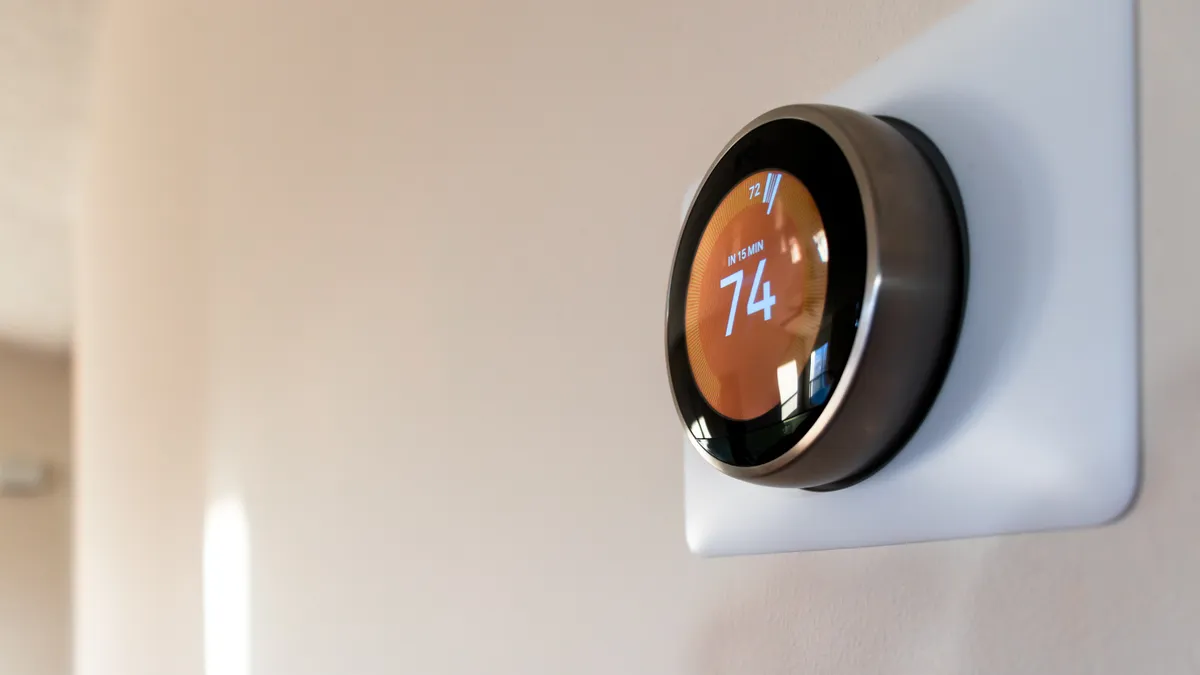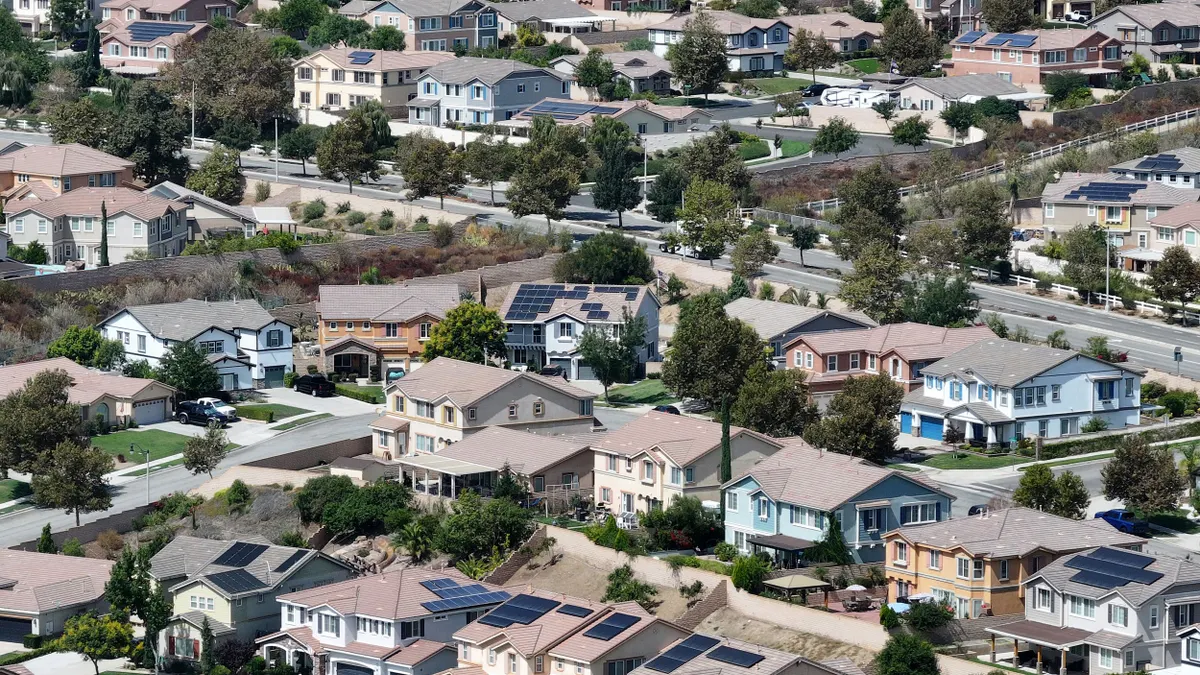Microgrids are a popular topic these days, particularly following a devastating 2017 Atlantic storm season. Hawaii would seem to be a natural fit to develop more of these systems as its island grids are relatively small and remote.
Hawaii Gov. David Ige is considering signing legislation to help spur the development of microgrids across the state's islands. But despite the bill on his desk, microgrids are already in place — almost by default — and are helping to make the state's electric grid more resilient.
Hawaii's push to develop more microgrids — alongside a roster of projects already in place — is proof of distributed resources' value and potential in maintaining electric reliability in remote locations.
The state is often seen as a test bed for renewable energy concepts — its islands are unlinked by power cables, and so unique grid configurations are often used to serve customers. The 1,200 MW peak load of Oahu is largest, followed by Maui and the Hawaii island, each with a peak load of about 200 MW.
But from there it gets much smaller, quickly.
In another U.S. island, Puerto Rico, the utility is considering how to modernize and strengthen its system, and the addition of distributed resources and microgrids is one strategy.
In fact, many in the utility industry are looking to Puerto Rico for hints about where grid edge technology may go next. The island is contemplating a complete rebuild, following the repair job it did following Hurricane Maria.
But in Hawaii, many islands already look like microgrids. Peak load on Kauai is 75 MW. On Lanai it is 5.4 MW and on Molokai 5.9 MW. Even on the larger islands, new residential infrastructure being installed by Hawaiian Electric Co. (HECO) is capable of reacting to price signals and working in a coordinated manner.
Kauai Island Utility Cooperative recently announced multiple solar+storage installations, which is putting it on track for 70% renewables by the end of 2019 well ahead of its 2030 goal. A 19.3 MW solar facility and 70 MWh battery energy storage system will be located at the Pacific Missile Range Facility, developed by AES Distributed Energy on land leased from the Department of Defense.
Removing microgrid barriers
Hawaii wants to add more microgrids, and some argue HECO has slowed their growth. The legislation on Ige's desk would direct the Public Utilities Commission to develop a microgrids service tariff, to help address barriers to their development. But that doesn't mean the technology isn't already in play.
There are customer-sited microgrids on Oahu, Hawaii Island (known as the Big Island) and Maui, providing greater resilience to military bases and government operations. They are being considered as a solution to power resiliency issues that have developed following the eruption of Mount Kīlauea.
HECO recently commissioned a 50-MW microgrid at Schofield Barrack Generating Station that can be islanded in an emergency. And its 8-MW Honolulu International Airport Emergency Power Facility can be islanded as well, though both are normally operated as part of the grid.
At Camp Smith on Oahu, the SPIDERS Phase III project is a military microgrid project that includes smartgrid control technology, battery storage, demand response, renewables and diesel generation.
Go Electric was tapped in 2016 for the 3.5 MW third phase of the project to install the company's microgrid control system, AutoLYNC. The company, which was founded in 2011 with three employees, has also installed a smaller microgrid for the Emergency Management Agency at Diamond Head on Oahu.
"We're supporting one of their large distribution warehouses," Go Electric co-founder and CEO Lisa Laughner told Utility Dive. "It's pretty active right now, with the flooding and lava issues. ... They're using that building and we're ensuring it's always up."
Laughner said the company would be announcing two other microgrid projects in the coming months. It is also hoping to be selected as a provider in the Public Utilities Commission's demand response docket for HECO.
When grid-tied, the company's microgrids can provide demand response services back to the grid . "It's a great business model," Laughner said. "Hawaiian Electric pays us to do that, and in turn we can give our equipment for free to their end customers and [the utility] gets the grid services."
New microgrid law
So if all these microgrids exist, what's the new law about?
"Few microgrids have been developed, as their development has been inhibited by a number of factors, including interconnection barriers and a lack of standard terms regarding the value of services exchanged between the microgrid operator and the utility," HB 2110 explains.
If microgrids are developed and then connected with the grid, HECO will need to have energy on hand to supply those customers should their distributed generation fail. The interconnection process is complicated, and some say the utility has not helped to change it.
HECO opposed "wheeling" last year, which would allow transfers of energy between two third parties across the utility system. That could include energy transfers between homes, which currently is not allowed —microgrid developers say the current law is out of step with new power technologies, and could require regulating homeowners as utilities.
Rep. Cynthia Thielen is a sponsor of House Bill 2110, which now sits on Gov. Ige's desk.
"I have tried for a number of years to get microgrids available and legal in Hawaii, and of course HECO has fought all of those efforts," Thielen told Utility Dive. "I would like a state policy to enable those to happen rather than have the longer route through the PUC, where the monopoly utility has fought tooth and nail."
Development of a standard microgrid tariff and simplifying interconnection standards would streamline the process, though the PUC would likely still be involved.
HECO has previously opposed some previous efforts, but the utility maintains it is eager to cooperate with customers.
The HECO companies "have long supported microgrids that benefit all customers," spokesman Peter Rosegg told Utility Dive in an email. But the utility also has some "key principles" when it comes to microgrids, including "fairness to all customers," he wrote.
"Microgrids should not increase costs for customers outside the microgrids," he said. "Regulatory policies need to ensure there is no cost shifting, along with establishing other policy and technical requirements, as the bill requires."
The bill states that any person or entity may own or operate an eligible microgrid project, but it will need to comply "with all applicable statutes, rules, tariffs, and orders governing the ownership and interconnection of the project or projects."
Microgrids to address problems on the Big Island
Hawaii is working to reach 100% renewable energy by 2045, with solar+storage an essential resource and microgrids a solution in some areas. But the eruption of Kilauea has focused the question of how distributed resources can be used to help bring resilience to remote areas.
"There's a lot of discussion on what's the way for the Big Island to move forward, permanently and in the short-term," Laughner said.
Puna Geothermal Venture supplied about 25% of the island's power, through HECO utility Hawaiian Electric Light Co. The facility was destroyed by lava flows, but the grid on Hawaii Island is stable, say utility officials.
"Our contingency plans consider several scenarios, including the use of portable generators and/or solar panels plus batteries to create microgrids to supply power to areas that have been cut off from the grid," Rosegg said.
More than 500 homes have been destroyed and there is a mandatory evacuation in place, so right now the utility does not need to get power into those areas. But Rosegg said "once the eruption activity has ceased, we will assess the damage and may rely on one or more temporary microgrids to help communities rebuild."
Volcanic activity on Hawaii Island has threatened to cut off several communities, or make access extremely difficult, Rosegg said. The situation "has prompted discussions of emergency power generation that could provide power for those communities without connection to the island-wide grid."
"It's going to take a little time to figure out what the strategy will look like," Laughner said. Microgrids may be a solution, but questions remain about whether they will be done on the utility-scale or behind-the-meter, she said. "I don't think any decisions have been made yet."




















